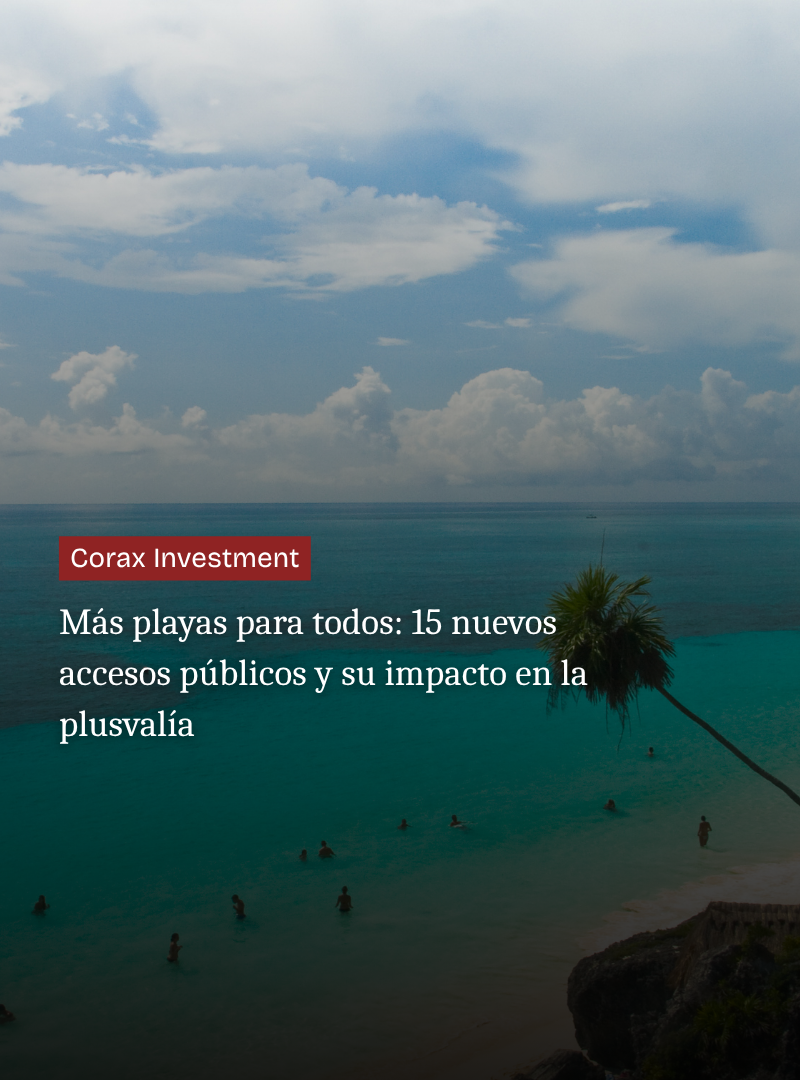Financial Education in Real Estate: A Complete Guide for New and Experienced Investors
- collective creators
- Oct 22, 2024
- 4 min read
The world of real estate is one of the safest and most effective ways to build long-term wealth. However, as with any type of investment, having a solid foundation in financial education is crucial. Whether you're a new investor or already have experience, understanding key financial concepts is essential to making smart decisions and maximizing your profitability.
In this theoretical-practical class on financial education applied to real estate, we will explore the basic concepts every investor must master, advanced strategies that help optimize return on investment, and best practices for managing risk. We'll break the content into accessible modules to serve a diverse audience.

Basic Financial Concepts Applied to Real Estate
1.1. The Time Value of Money (TVM)
One of the first concepts any investor should master is the time value of money (TVM). This principle states that a dollar today is worth more than that same dollar in the future due to its ability to generate additional income (through investments, interest, or returns).
Practical Example: Imagine you invest $100,000 today in a property in the Riviera Maya. If you earn an 8% annual return, in a year, you will have $108,000. This additional return is why investing sooner generates long-term benefits.
Application in real estate: TVM is used to calculate the future cash flow of a property and assess whether a real estate project has a positive Net Present Value (NPV), indicating that it is a good investment.
1.2. Cash Flow and Profitability
One of the pillars of real estate investments is generating positive cash flow. This means that after covering all the costs associated with the property (mortgage, taxes, maintenance, insurance), there’s still a surplus as net profit.
How to calculate it: Cash flow = Property income (rent) - Operating and financial expenses.
Tips to improve cash flow:
Negotiate a lower interest rate on your mortgage.
Minimize maintenance costs with preventive solutions.
Choose properties in high-demand rental areas (such as the Riviera Maya).
Financial Strategies to Maximize Real Estate Investments
2.1. The Strategic Use of Leverage
Leverage involves using debt (financing) to acquire real estate, maximizing profitability. While taking out a loan might seem risky, it’s a key strategy when used wisely.
Advantages:
It allows you to buy a property with a fraction of the value (e.g., putting down only 20% as a down payment).
Leverage multiplies potential profits since rental income will cover mortgage payments and leave room for positive cash flow.
Example: Acquiring a property with a 20% down payment ($40,000 on a $200,000 property) and renting it for an amount that covers loan costs while leaving a positive cash flow margin. If the property’s value increases by 10%, your gain on the total value would be 10%, but on your initial investment ($40,000), it would be 50%.
2.2. Diversification in Real Estate
Diversification is a strategy that minimizes risk by spreading your investments across different types of properties, locations, or investment methods.
Types of diversification:
Geographic diversification: Buying properties in different cities or regions (e.g., having properties in the Riviera Maya and central Mexico).
Property type diversification: Investing in long-term rental homes, commercial properties, land, or tourist developments.
New trends: Investments through fractional ownership or real estate tokens, where you buy a fraction of a property and can diversify with less initial capital.
2.3. ROI (Return on Investment) and ROE (Return on Equity)
To measure the success of a real estate investment, it’s crucial to understand and calculate ROI (return on investment) and ROE (return on equity).
ROI: Calculated by dividing annual net earnings by the total investment cost.
Formula: ROI = (Net earnings / Initial investment) x 100.
Example: If you invest $200,000 in a property that generates $20,000 net annually, your ROI would be 10%.
ROE: Evaluates return relative to the invested capital (the money you’ve actually put in, excluding loans).
Formula: ROE = (Net earnings / Own capital) x 100.
This indicator is useful for evaluating how the investment performs when using external financing.
Risk Management in Real Estate Investments
3.1. Risk Analysis: External Factors
Any investment carries risks, but real estate tends to be more stable than other forms of investment. However, it’s important to m
anage factors like:
Market conditions: Changes in property supply and demand.
Interest rates: Affect loan costs and, thus, the profitability of a leveraged investment.
Local regulations: Changes in rental or property laws.
.png)



Comments